As we approach the 24 September entry deadline for our Drivers of Change competition, held in partnership with executive search specialists Ennis & Co, we asked our technology expert Jesse Crosse to predict what kinds of technical innovation the automotive industry could experience over the coming years.
What are the likely trends in automotive technology, digital and retail over the next few decades? In the mid-term at least, battery EVs looks set to dominate, but nobody really knows how sustainable propulsion will pan out in the long term.
A lot depends on what happens on a wider scale than just automotive. For example, if hydrogen is adopted widely for domestic and industrial heating and as a fuel for larger vehicles, aviation, trains and shipping powered by fuel cells or hydrogen internal combustion engines, it’s hard to imagine it won’t, as has long been predicted, end up in cars as well.
Many engineers and scientists think not, though, on the basis that too much conversion is involved from electricity to hydrogen and back again, whereas electricity can be pumped directly into a battery. Whatever happens, we can be confident that sustainable electrification of the powertrain is here to stay, and it is set to be the focus of attention in automotive technology over the next couple of decades. Manufacturers will probably become more closely linked to the development of charging systems and the use of energy, especially if vehicle-to-grid balancing takes off.
Whether or not internal combustion engines survive is likely to depend on the availability of alternatives to fossil fuel and how far manufacturers are prepared to go in committing to pure EVs by switching investment entirely to battery technology and electric powertrains.
What is almost certain now is that battery technology will at least extend to solid state, or have solid-state properties, along the lines of half the weight, twice the capacity.
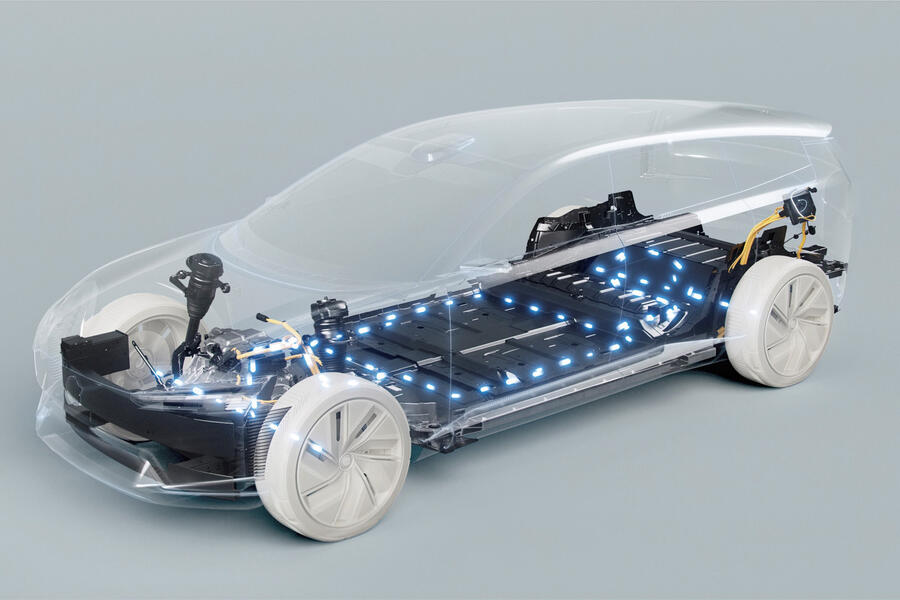
The biggest developments in EV technology might now lie not within the car but outside it, with the charging networks and management of charging spaces. As of 2021, EVs and interest in them appears to be evolving at a far greater rate than the charging infrastructure to support them. There are also many major questions for which so far there are no concrete solutions or timelines set, such as widespread on-street parking for those without driveways.
There’s huge potential for the development of apps to help get the best out of EVs, but maybe in ways nobody has thought of yet. Autonomy, mobility sharing and other advanced technologies have yet to happen despite the possibly overreaching view they are bound to happen.
The digitisation of the car is already a done deal in the sense there are no functions in any car that are not reliant on digital technology, from engine and chassis management to safety systems and connectivity. Human machine interfaces (HMI) have moved away from buttons and switches to voice control and touchscreens, but the jury is still out on finding the ideal, least distracting technologies. There will be much more attention focused on HMI over the next decade or two and we may see more use of promising technologies like haptic screens and controls that give a tactile and audible response when touched. A major trend over the past decade has been towards increased autonomy.
Despite the white noise and controversy surrounding ‘driverless cars’, the arrival of fully autonomous cars of the science-fiction variety won’t be a step change: they will arrive, if at all, as the result of a drip feed of the advanced driver assistance systems features we have today, finally coalescing into a car that can do everything for itself.
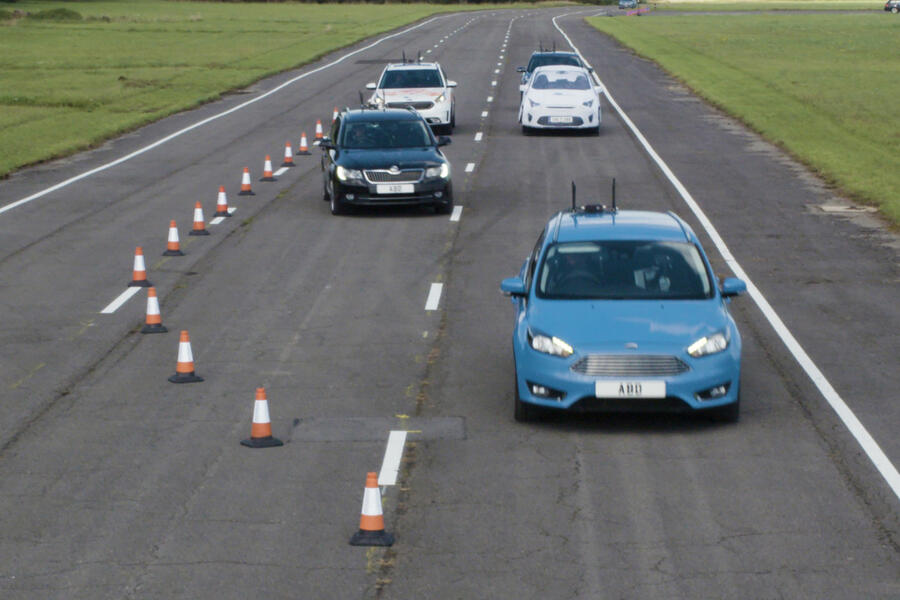
For that to happen, those features will need to mature to the point that they are 100% reliable in all conditions and all work in exactly the same way. The focus has been on teaching cars to recognise every possible scenario, but to exceed the capability of a human driver, it seems inconceivable that a high level of artificial intelligence won’t need to go hand in hand with that. This poses more questions, such as ‘how intelligent is too intelligent?’ and ‘how predictable will the outcomes be?’
Swarm technology connecting entire fleets of cars sharing data via the cloud to warn of danger and road and local weather conditions has been on the cards for decades and is still a focus of research, but with connectivity and 5G should be far more achievable than the need for huge infrastructure changes. So too will the integration of the car with the Internet of Things (the connection of objects via the internet) – linking cars to an owner’s other connected technologies, for example, or a house.
Smart factories – in which machines and processes are digitally linked, allow close monitoring of tasks and have the ability to self-optimise the way in which they do things – are already becoming a major trend in all industries, and will continue to evolve linked to the Internet of Things. Additive technology (3D printing) is a digital technology and its use by manufacturers to make all types of components is growing.
Inevitably, digital technology overlaps with retail and the field is wide open for the next app that makes buying a car more straightforward. The digital age and specifically the power of mobile digital tools now means that the whole process of finding the price, being made an offer and clinching the deal on a new car can be done during coffee stops on a road trip.
A 2020 McKinsey report called A Future Beyond Brick and Mortar: Disruption in Automotive Retail predicts changes in the car industry with the roles of both the manufacturers and its retail network changing dramatically. It also identifies different groups of customers ranging from traditionalists, who place their entire transaction in the hands of a dealer, to those who are more online focused.
The opportunity to develop digital tools extends a long way beyond mere online shopping. For instance, while consumers are moving more to online resources to make a decision, the majority still want access to the metal before taking the plunge. That’s where a dealership or an evolution of one comes in.
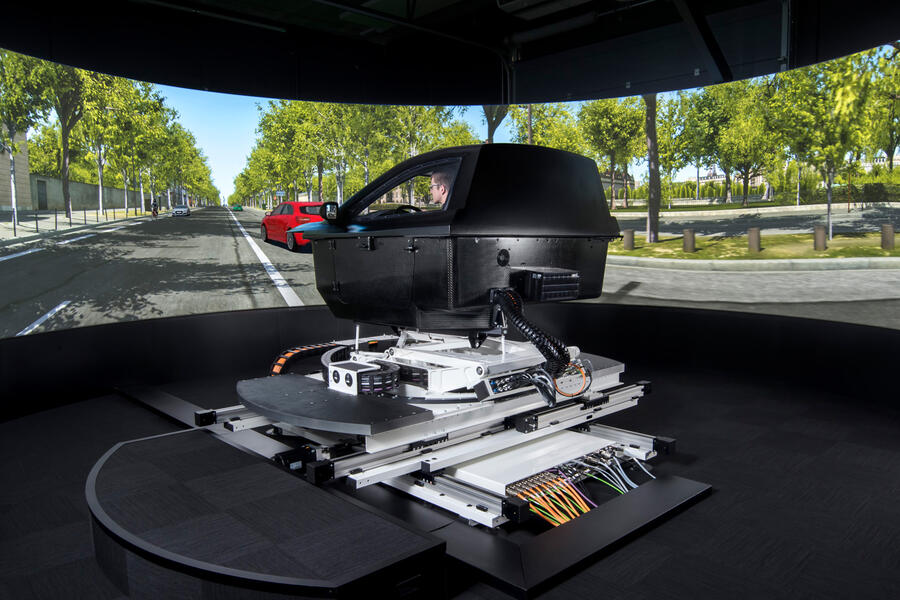
Virtual reality is already being used by automotive design teams to get a realistic feel for how a vehicle looks and feels before it physically exists and augmented reality can give a buyer an even more realistic sense of how a vehicle looks – even in their own driveway. Digital technology is changing the way in which we approach buying cars as it is everything else.
The industry is being disrupted by new technologies across the board and all that’s needed to keep the evolution going are plenty of good ideas and original thinking.
For more information and to enter, visit www.autocar.co.uk/driversofchange Find us on Twitter @AutocarDoC and #AutocarDofC. Terms and conditions apply

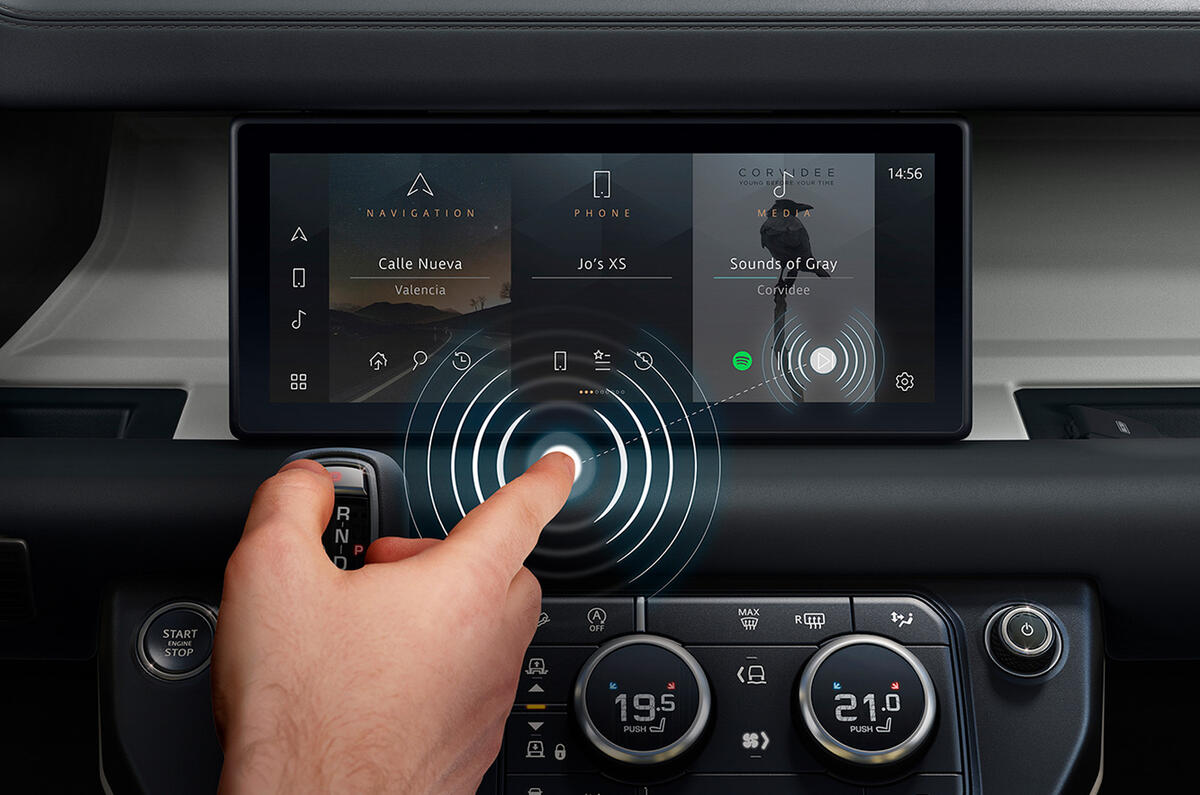
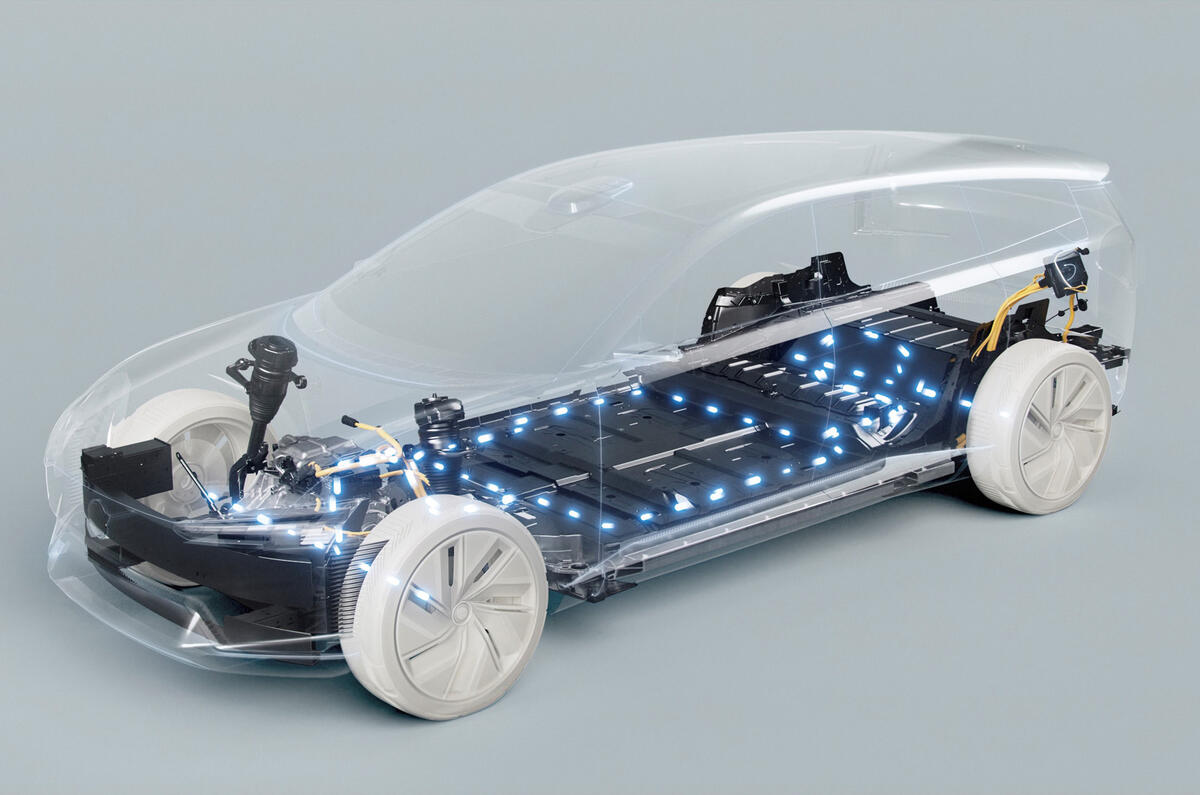

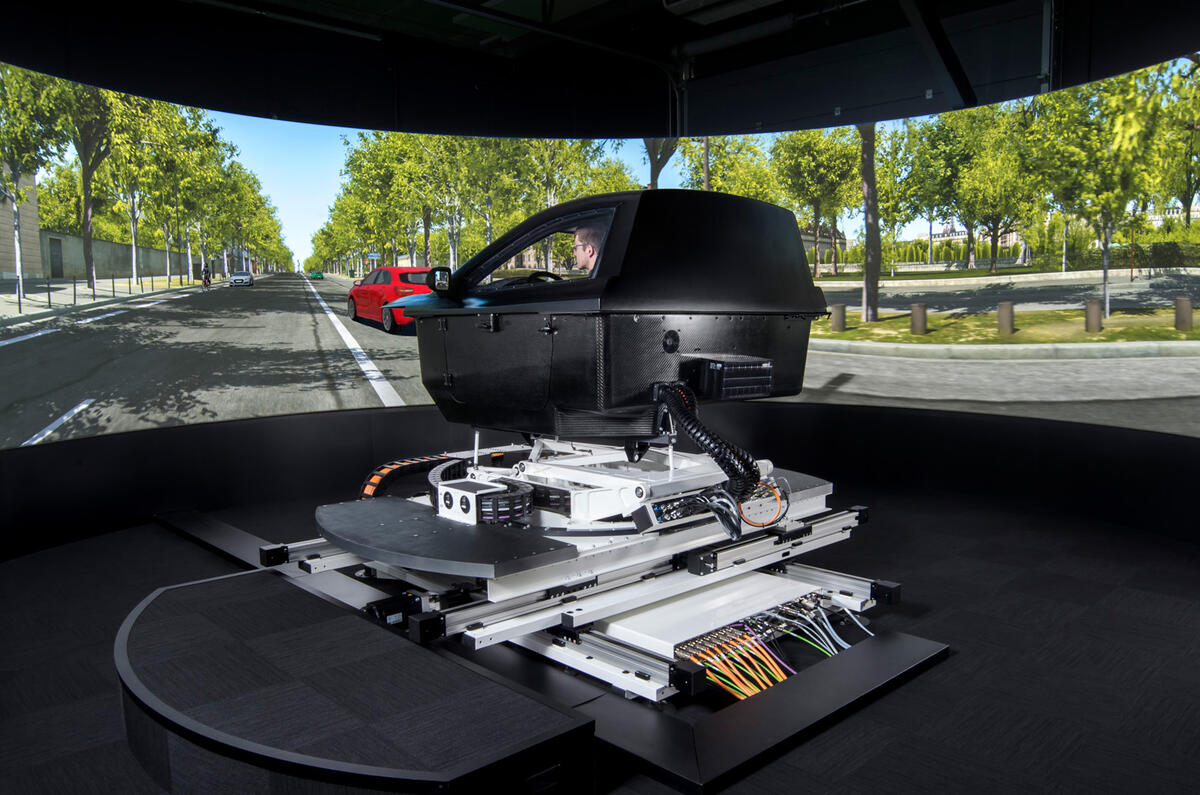
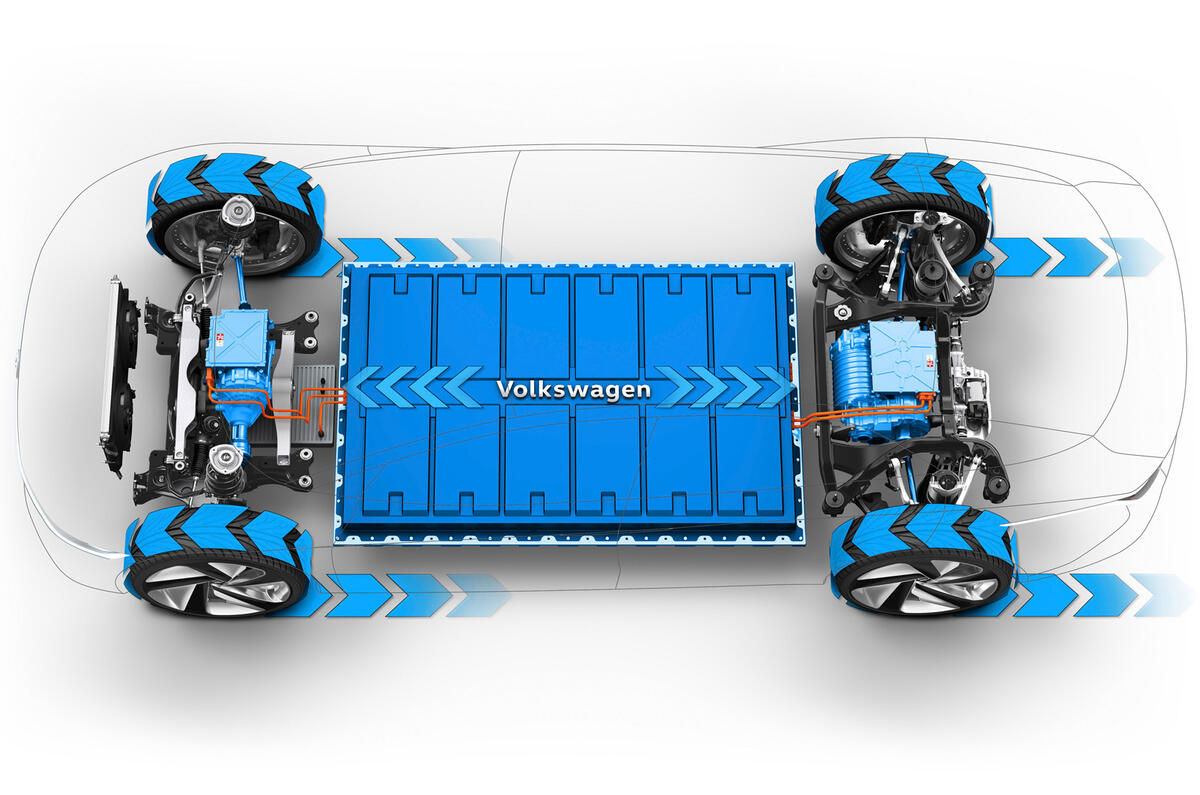
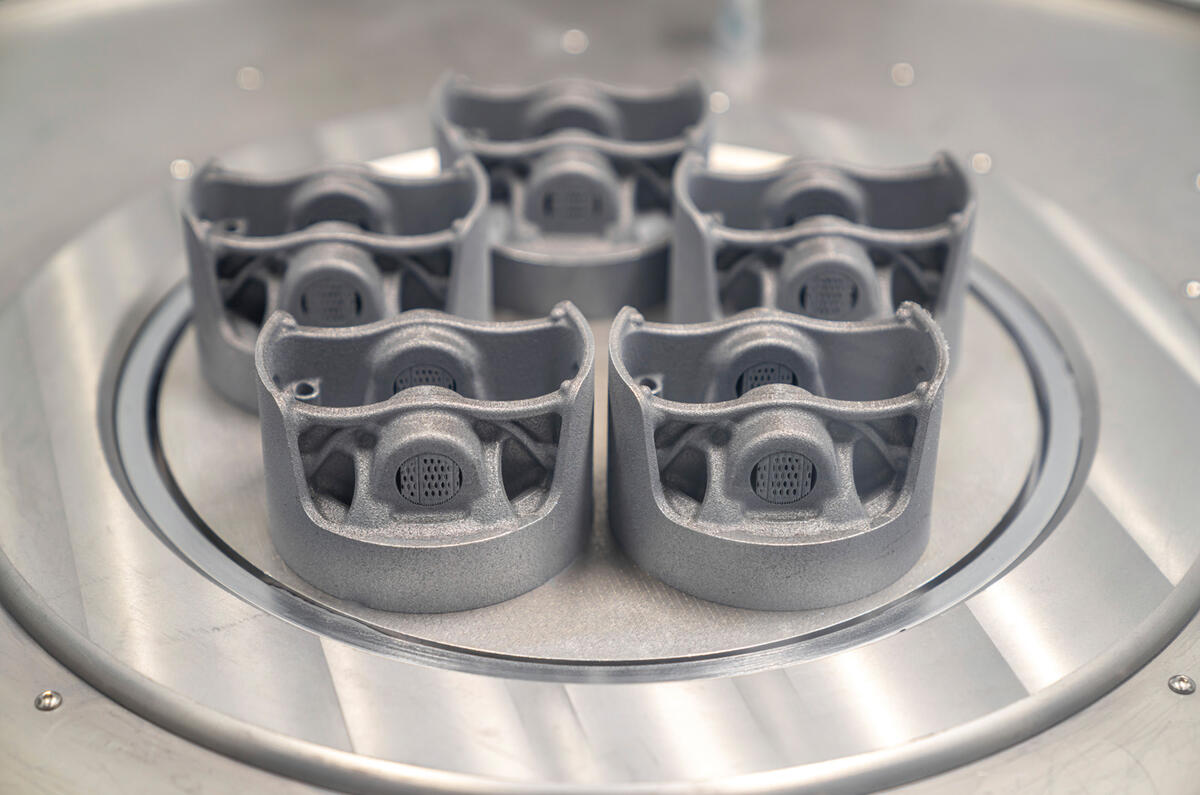
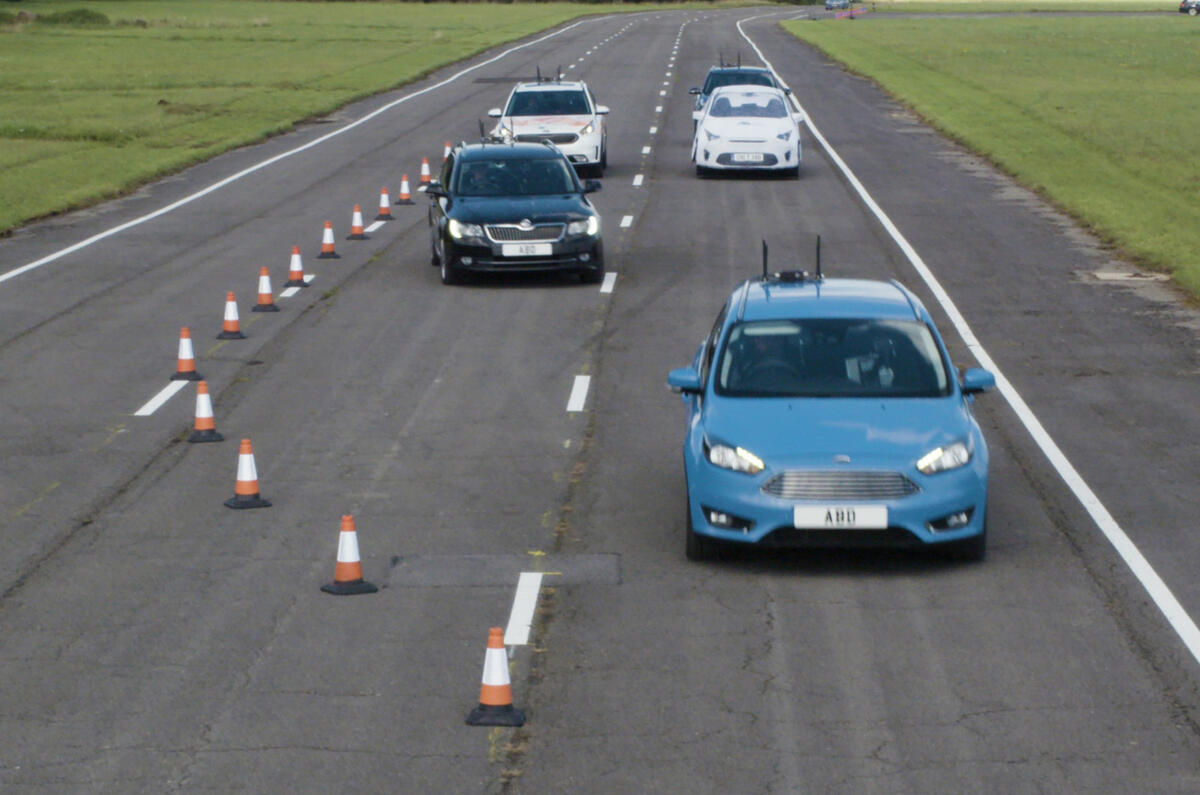
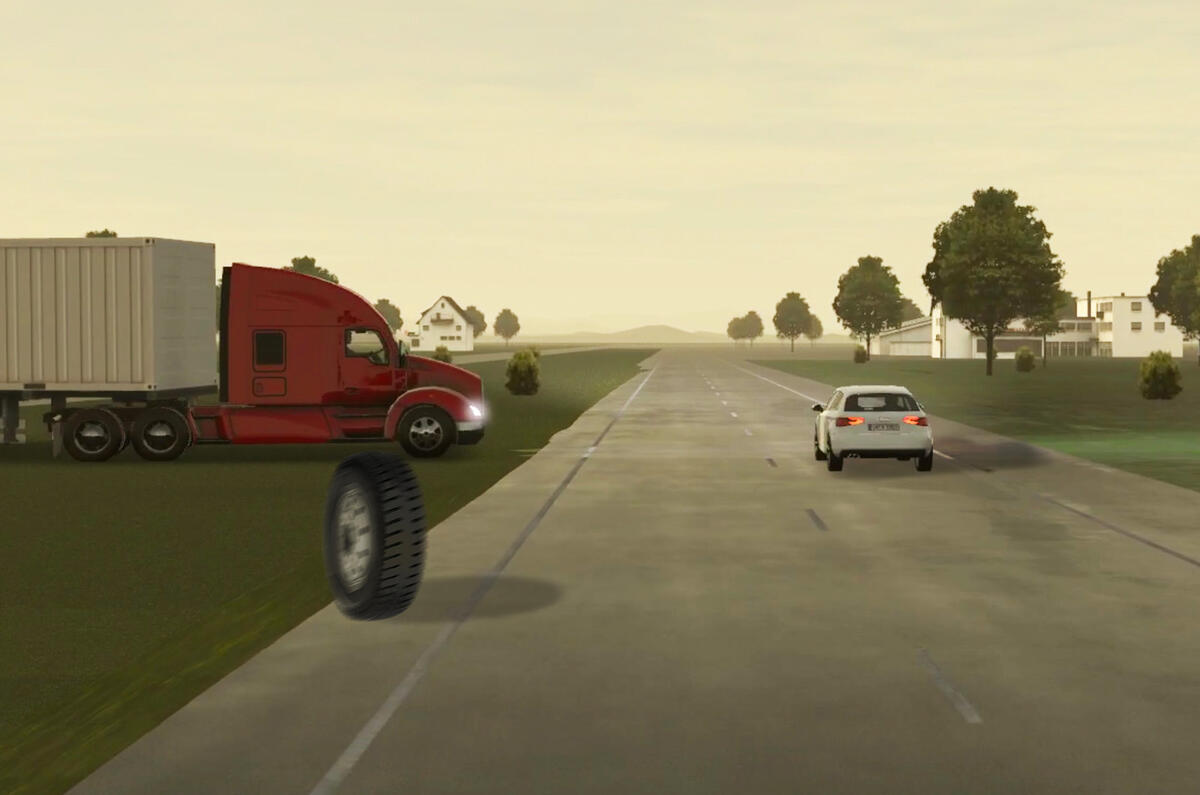
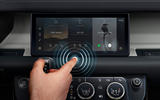
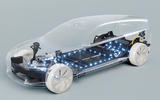
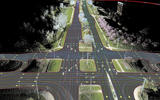
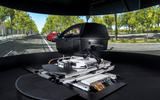
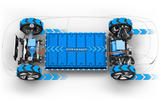
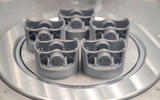




Join the debate
Add your comment
The biggest advances for electric vehicles in the near-medium term will be better Battery Management Systems (BMS) as these are the key to releasing more energy, more life and faster charging from battery technology that isn't going to take a big near-term step. BMS with AI will allow faster charging without frying the battery (a huge problem), it will allow deeper discharching (increasing range), improve diagnostics so batteries can be repaired like King Alfred's Axe (or Trigger's Broom) and give us data that will help us take our own decisions about managing the life of our battery. Also, it's usually forgotten that while fast charging is great for the first owner, it's dreadful for subsequent owners as it can severely shorten the life of the battery, but who cares they they won't know? BMS will provide that data.The big step missed in HMI is that this will no longer be just an increasingly fancy way of communicating with the driver. HMI will become the portal to digital services via the cloud. These will allow further customisation, additional value add and a hole range of Aps that we haven't thought of yet, transforming the revenue model for the vehicle manufacturer.
Totally agree that the end of diesel will be something to celebrate. It’s never been a good idea. Because it’s so massively inefficient, I don’t think hydrogen fuel cell technology will ever compete with batteries for cars. BEVs are 3x more efficient.
This article is quite a conservative view of automotive innovation. For a more radical take, check out the reports from the RethinkX think-tank.